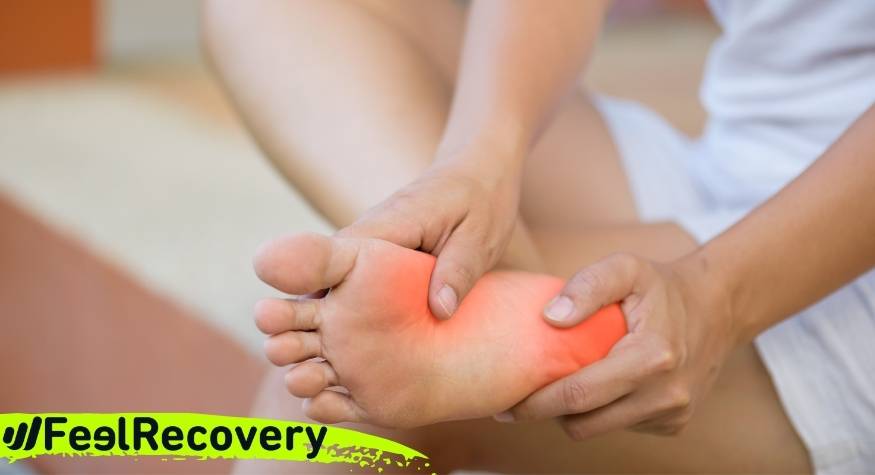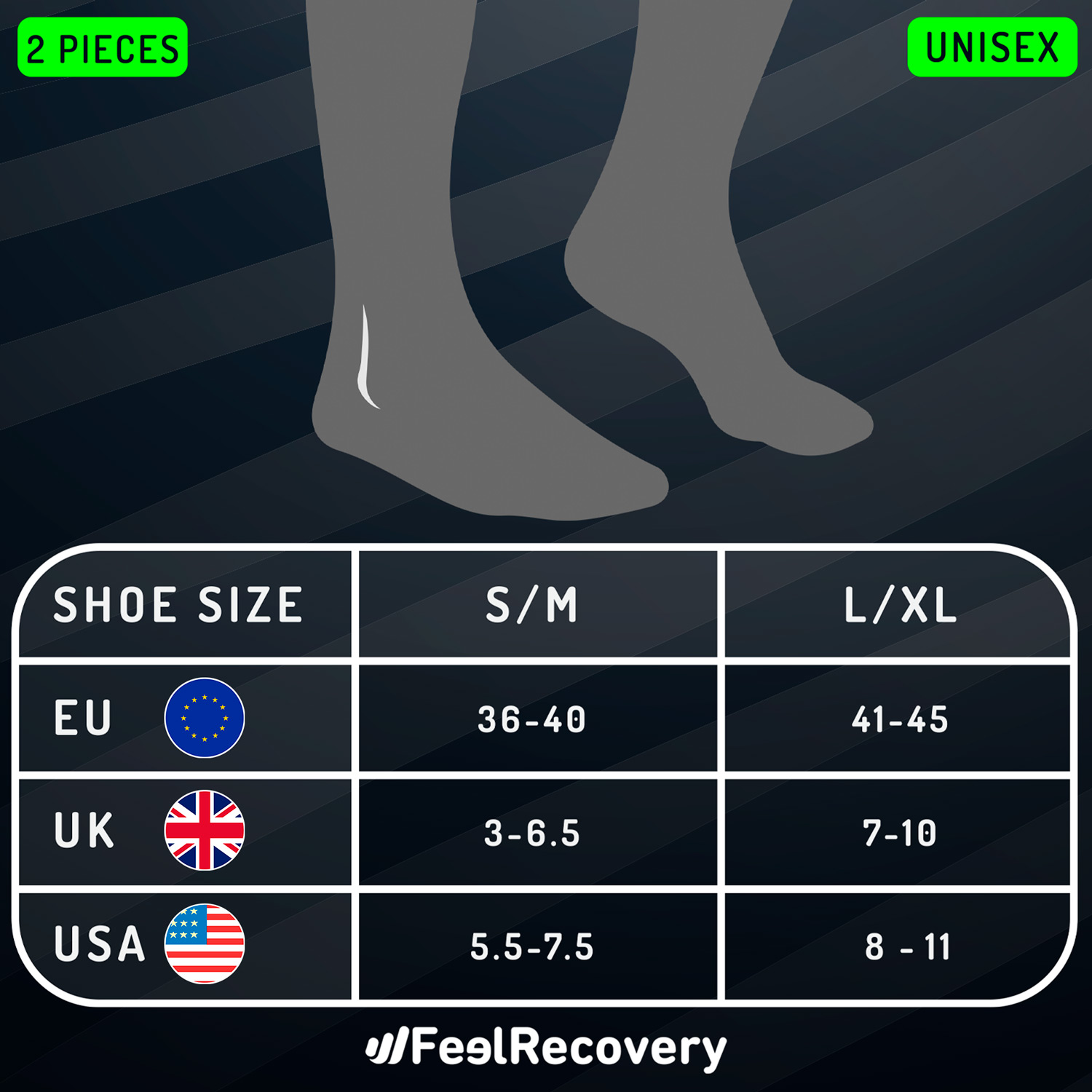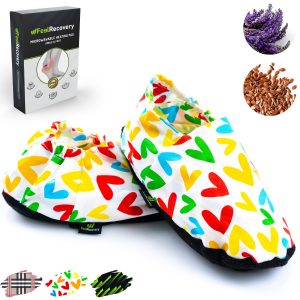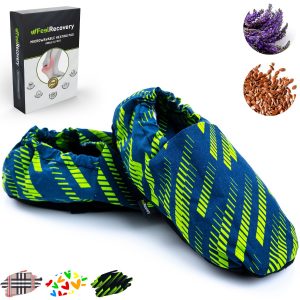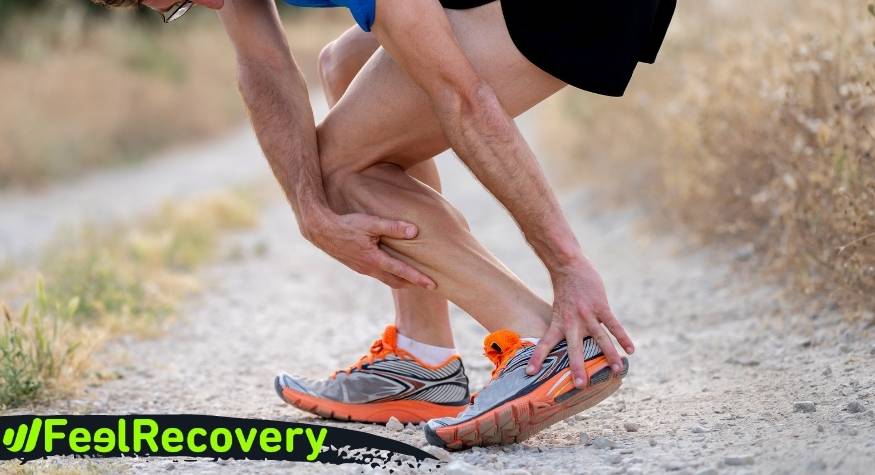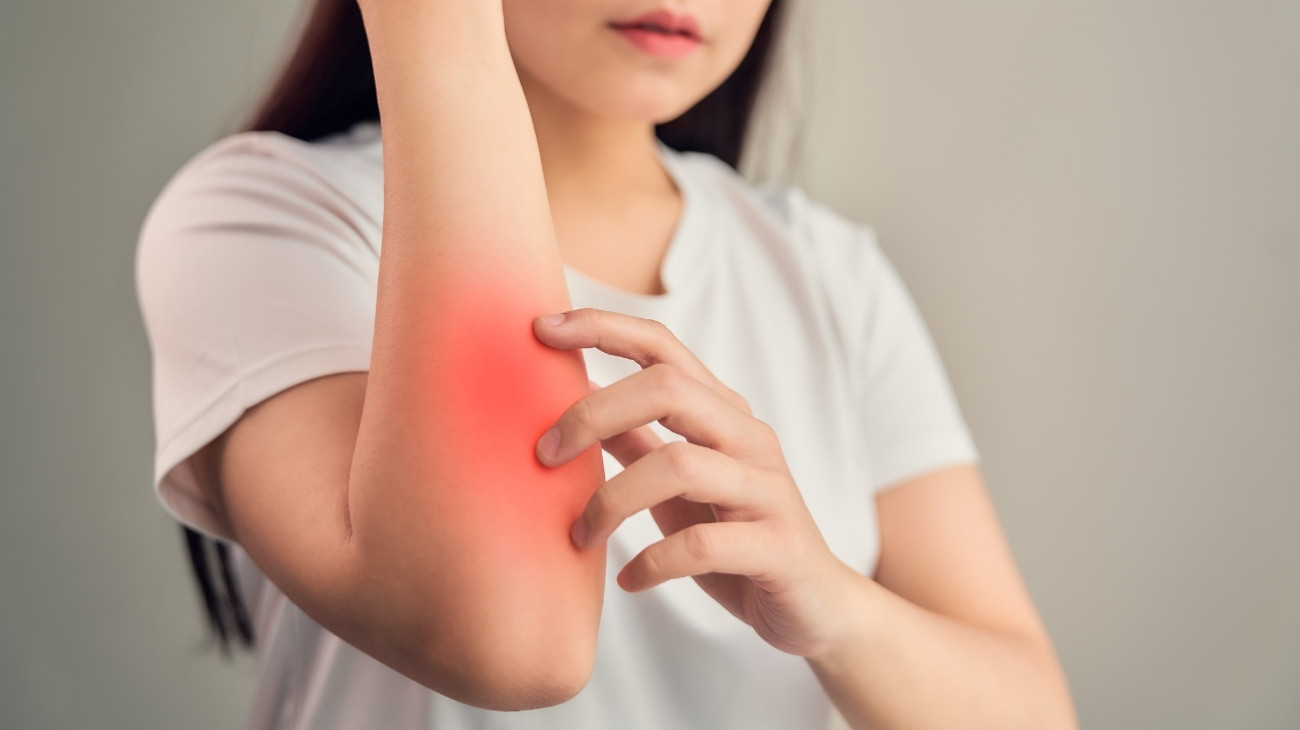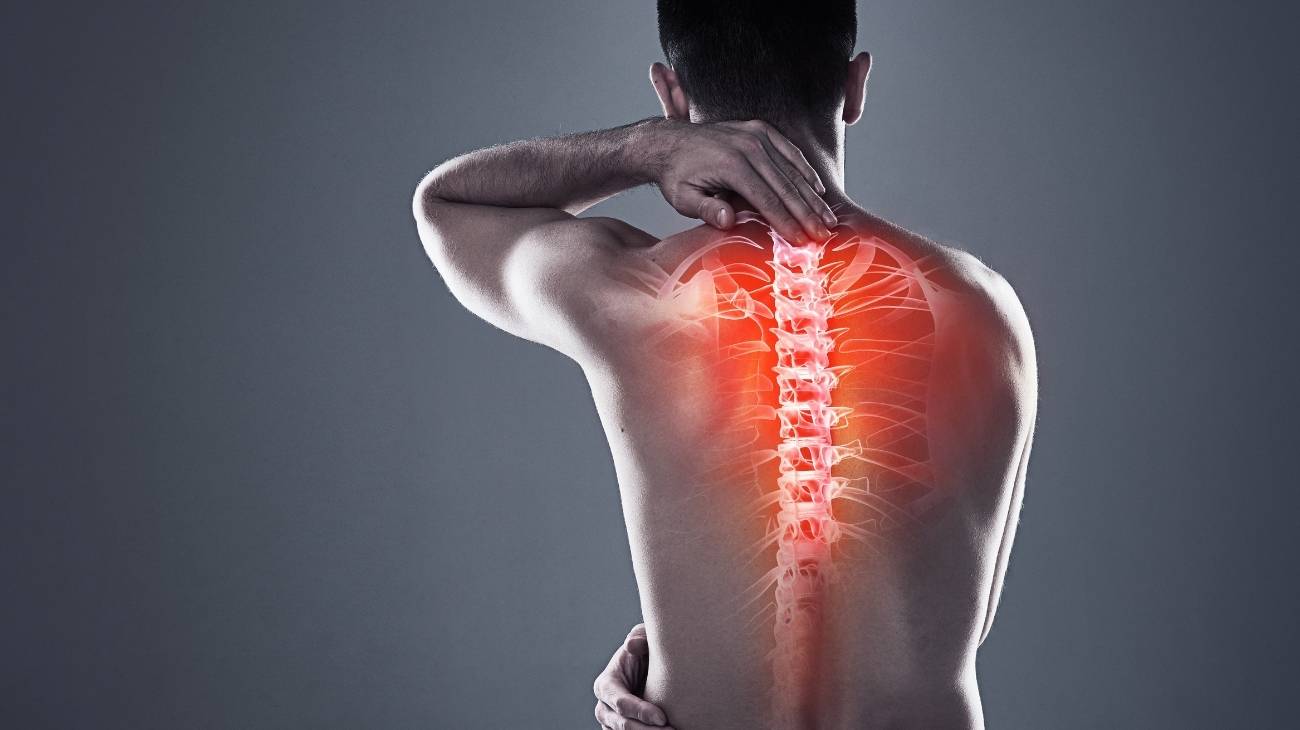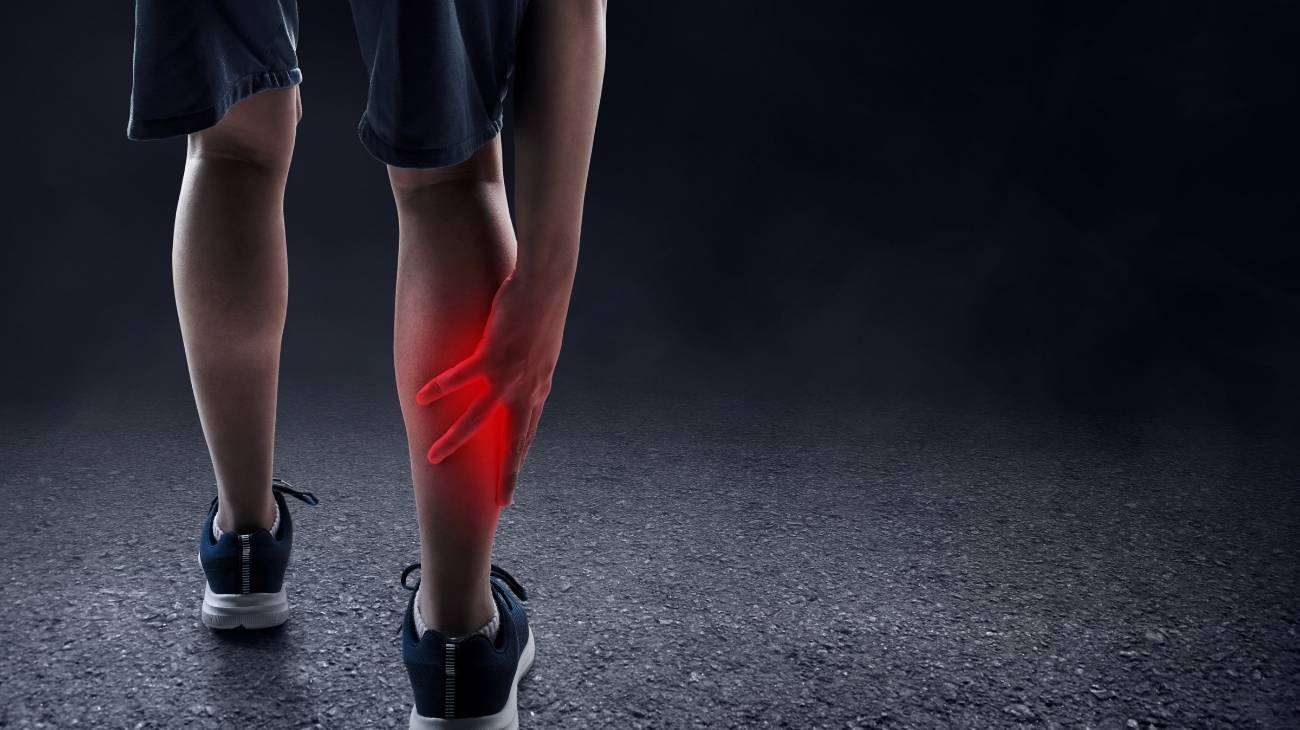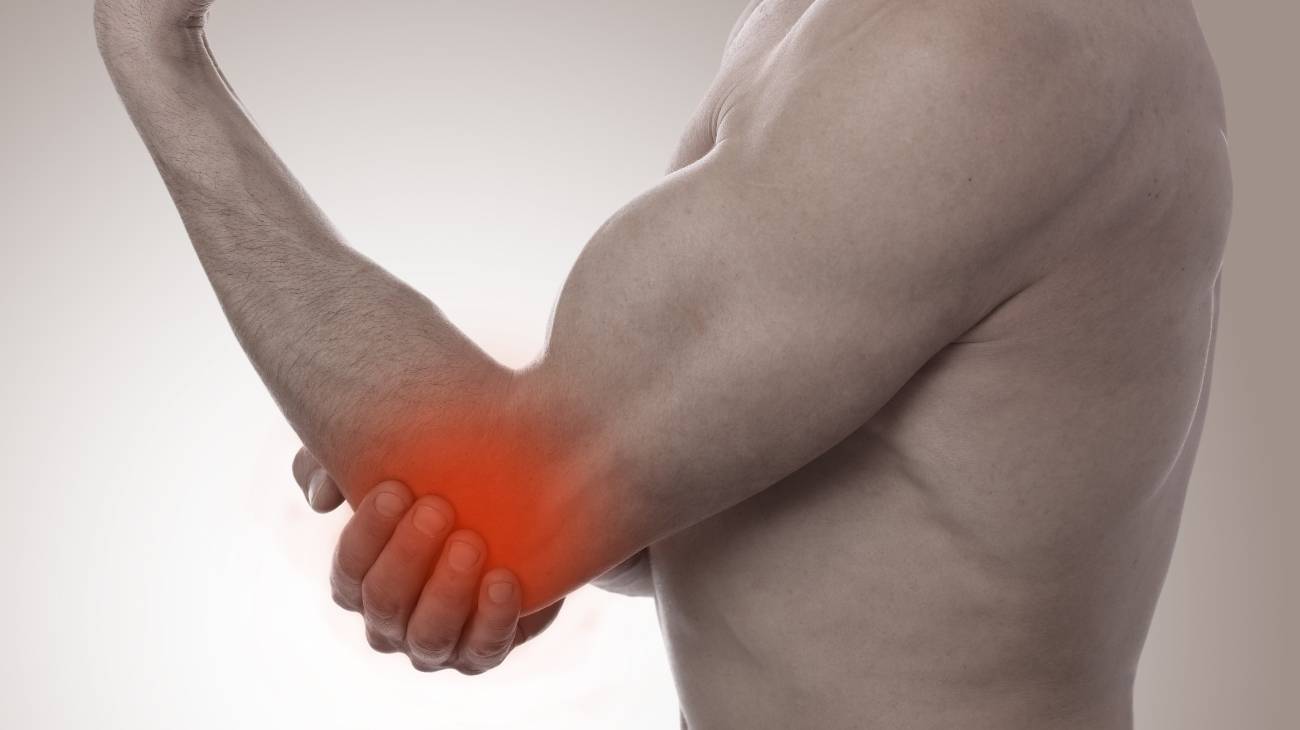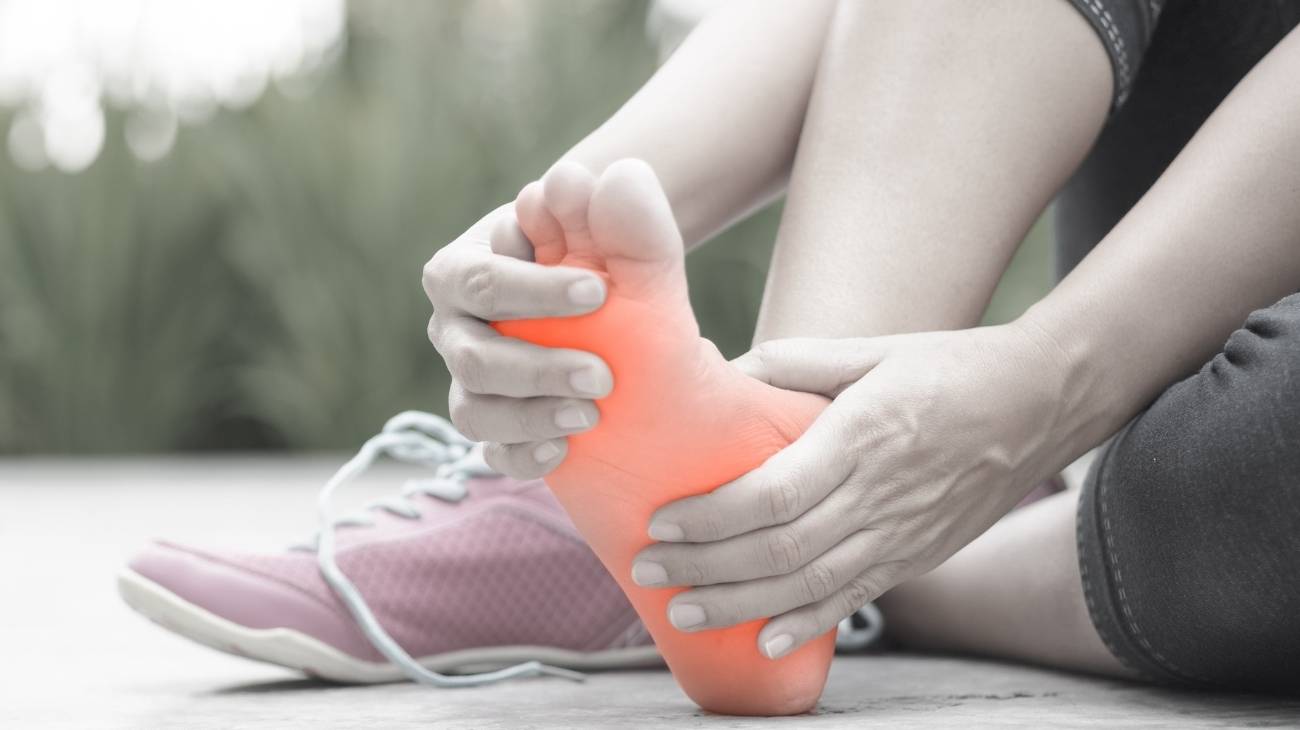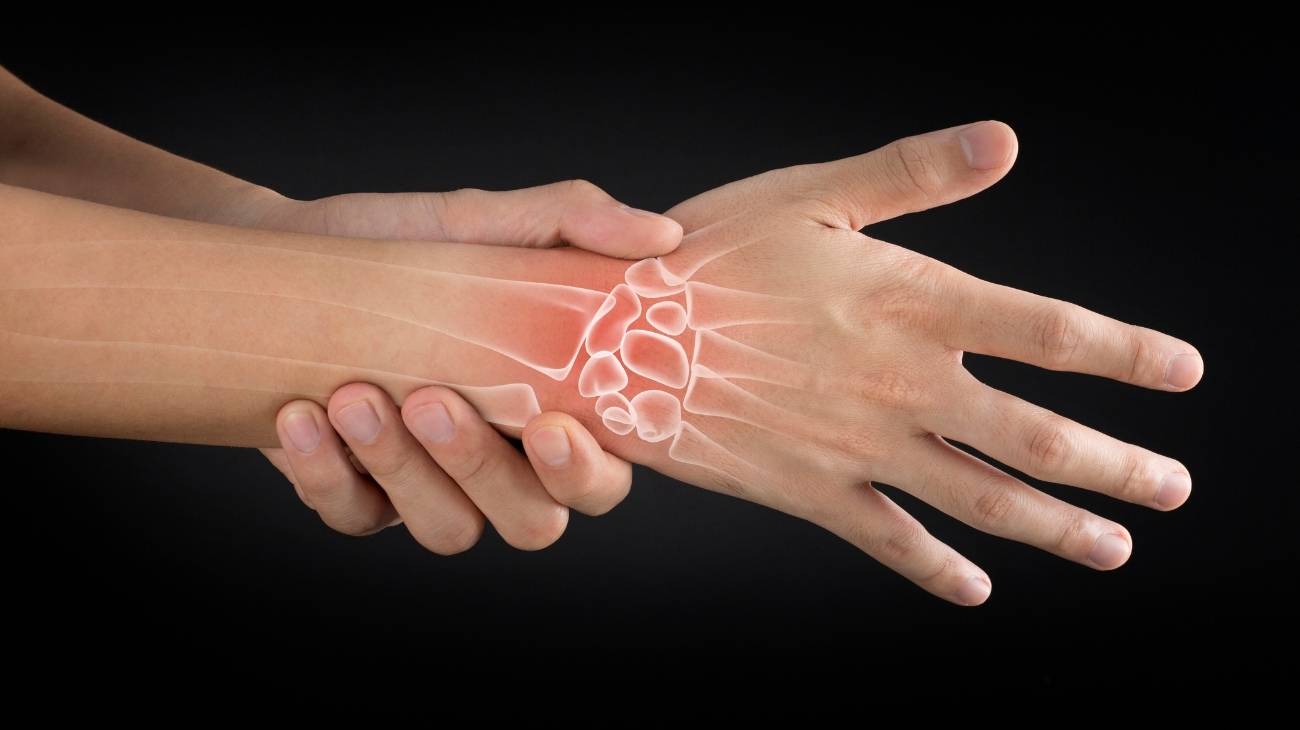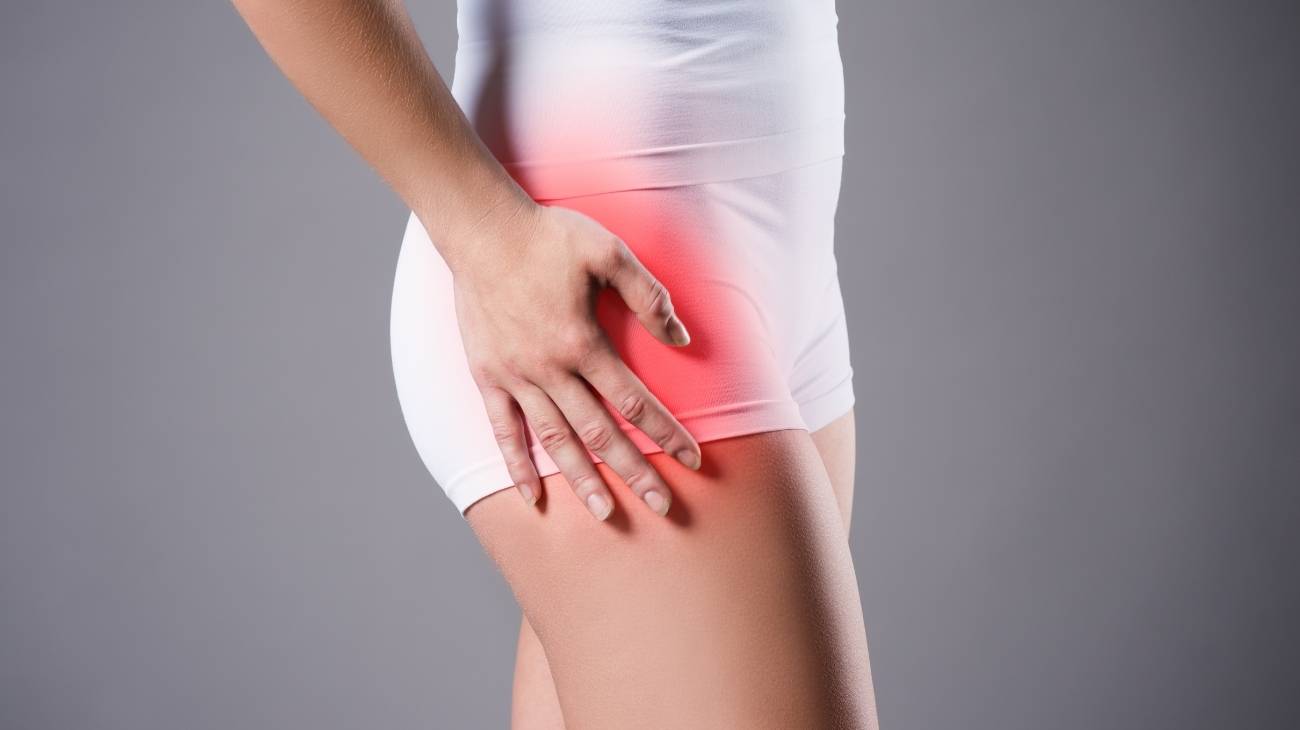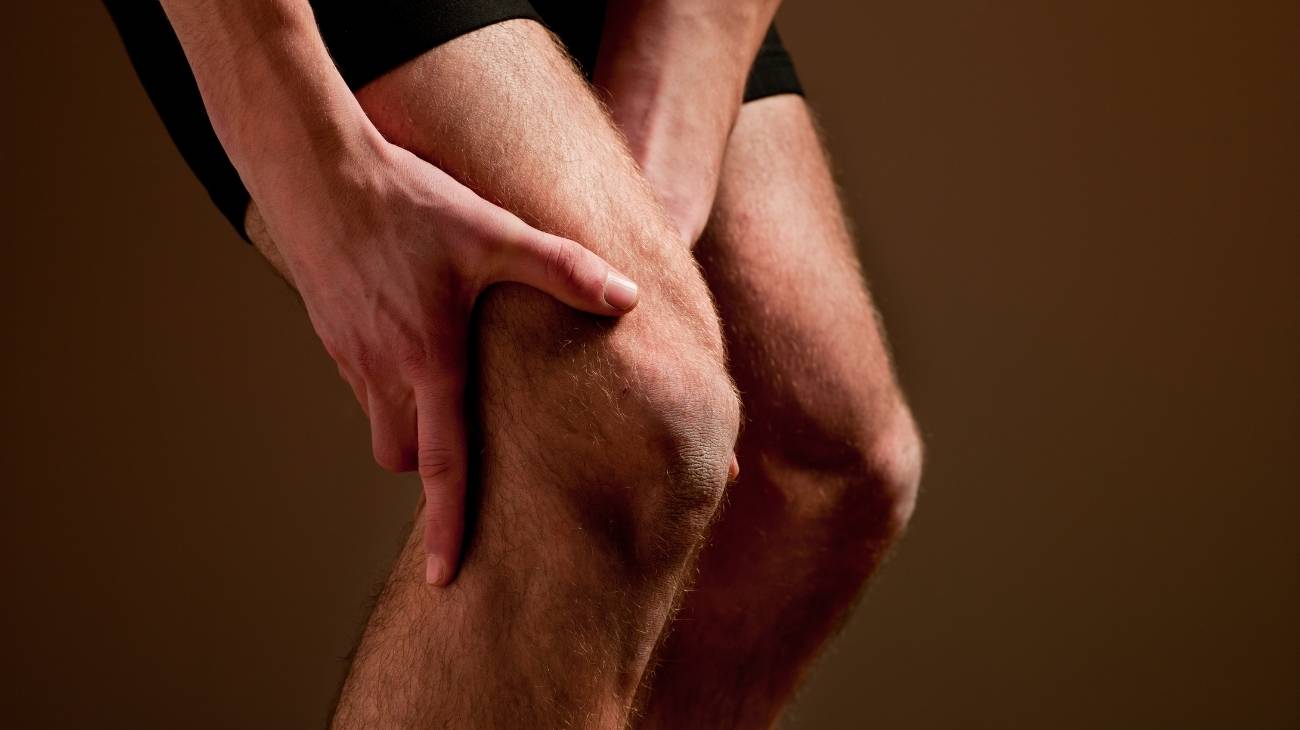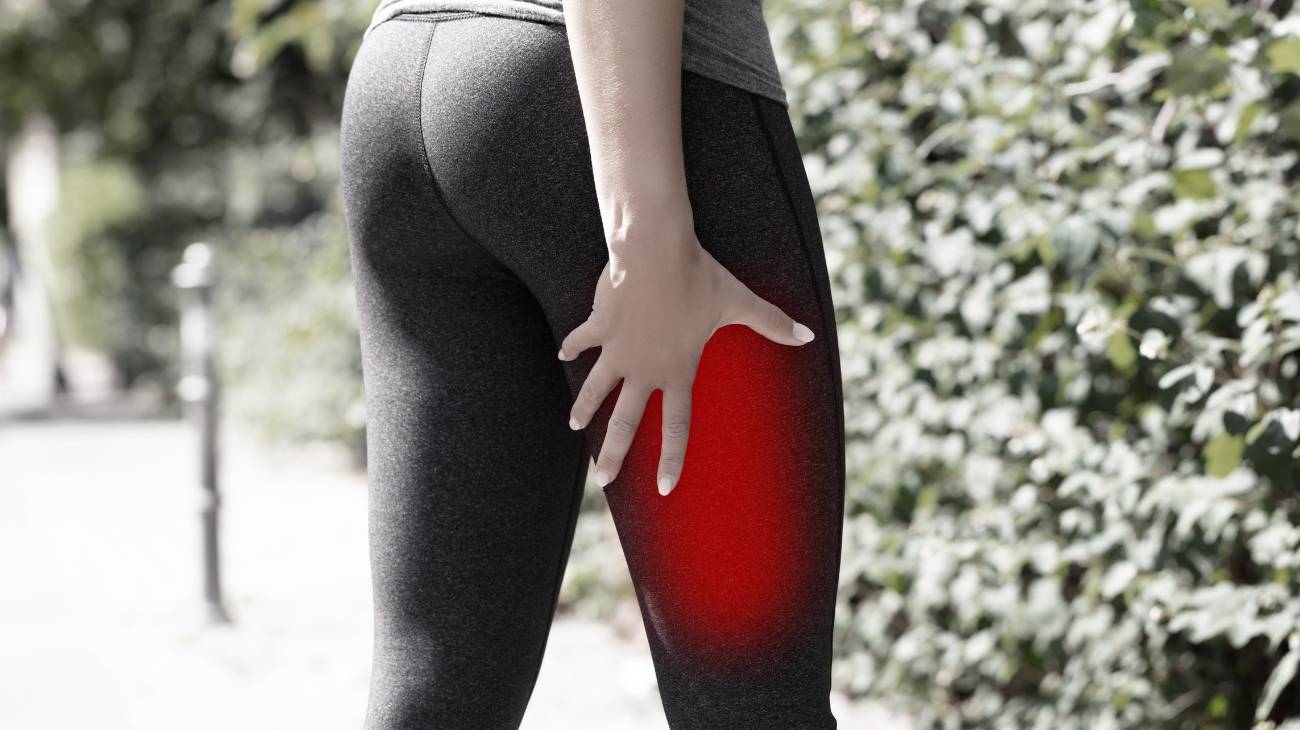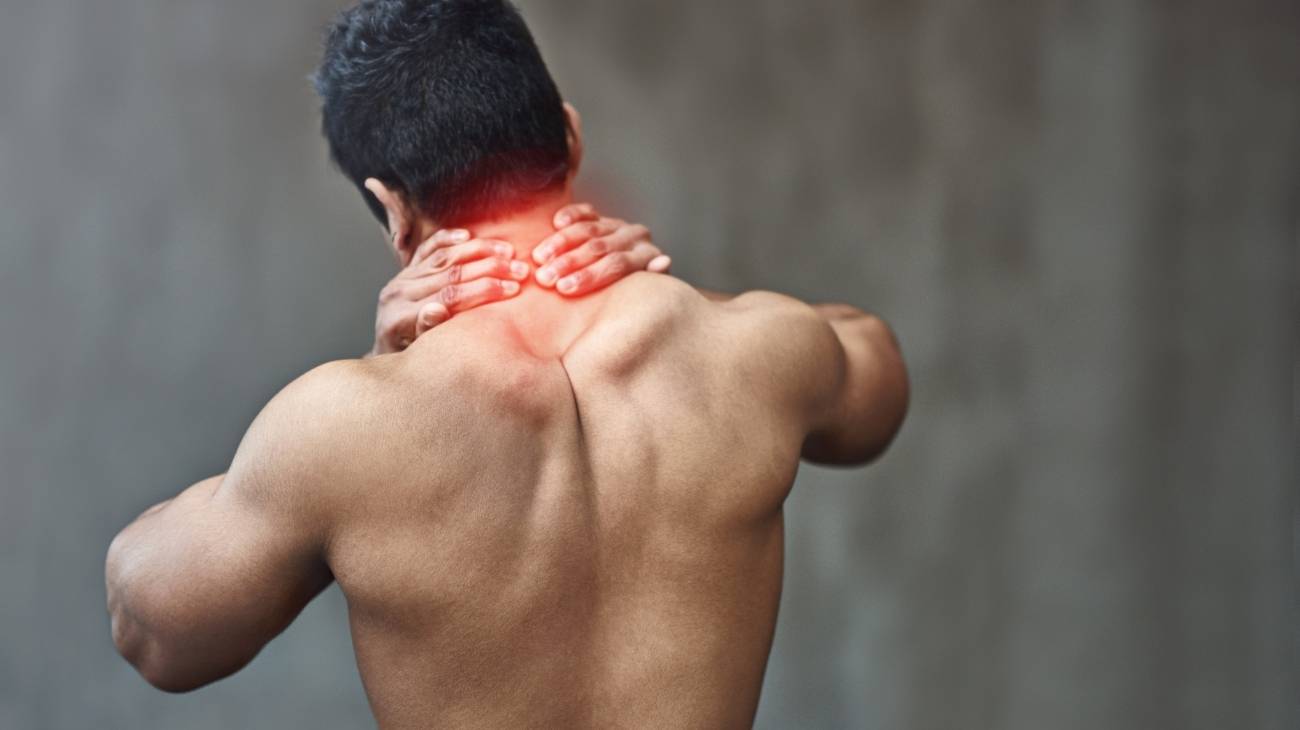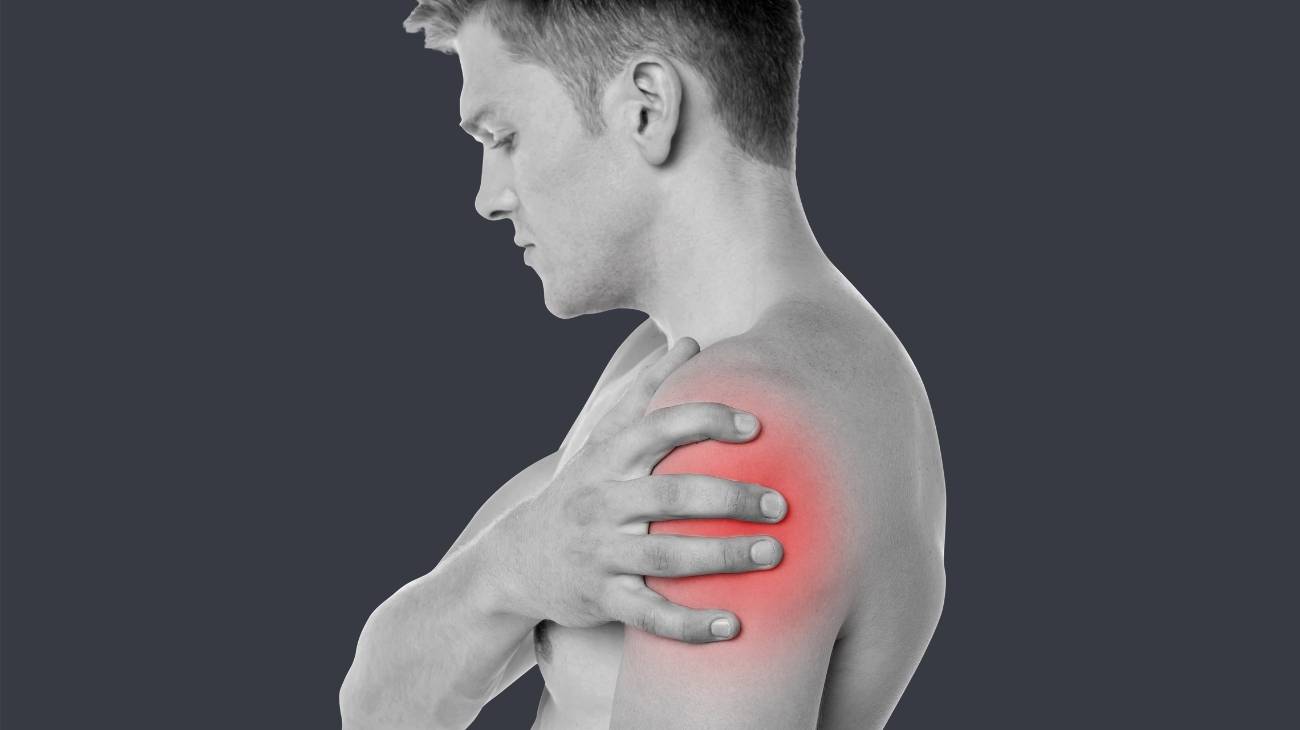The feet are like small jigsaw puzzles with hundreds of pieces joined by joints that allow mobility and stability when walking. Each foot has 33 joints, more than 100 ligaments and 26 bones that work like gears in a clock, perfectly synchronised.
In this article we show you the types of foot injuries you can get. In addition, you will recognise the symptoms to look out for in the event of an injury and the main causes of injuries.
What types of foot injuries can we suffer?
The feet are divided into three sections: forefoot, midfoot and rearfoot. Bone displacements and ligament strains are the main causes of injury. Check out this list of possible foot injuries.
Lacerations
Lacerations are injuries caused by injuries from sharp or pointed objects that occur as accidents in the home when walking barefoot, although they can occur in any other context such as on construction sites. A wound can become infected because the skin is opened and the object that caused the cut contains infectious agents that enter the body. As the inside of the body is a breeding ground for bacteria and external agents, they can easily proliferate and cause infection.
Bruising
Even a small bump on the foot will cause black, blue and purple tones to appear on the skin. These spots are actually haemorrhages that spread to the toes. Injuries such as sprains and fractures will cause bruising that should be present for up to three days while the damaged cells begin to regenerate. When the injury is severe and chronic, the spots persist longer.
Tendonitis
Although the foot has more than 100 ligaments and muscles, the tissue that receives almost all the workload is the Achilles tendon. This is connected from the lower back of the calf to the heel, so an injury to it causes pain radiating down to the toes. In tendonitis, the fibres become inflamed, irritated and may rupture in small parts or in their entirety.
Stretching of ligaments
Depending on the intensity of the stretch, there may be one or several types of injury. If the stretching is slight, it is referred to as elongation, which is caused by small sprains in the toes and when lifting the foot. In an elongation, the ligament becomes inflamed and irritated, so there will be pain, which must be treated from the moment of injury to avoid complications. The PRICE therapy is ideal for reducing pain, and we will explain how to use it later on.
Torn ligaments
Better known as a third degree sprain, the ligament fibres are completely torn and surgery is required to repair the damage. All ligaments provide stability and support to the joints and in the case of the foot, the foot has more than 33 joints that can be injured in traffic collisions and sports injuries during competition or training.
Osteochondritis dissecans
The most recurrent causes are sprains and improperly treated or "poorly healed" fractures in which bone and cartilage fragments do not receive proper blood supply and their cells slowly begin to die. When these detached fragments enter the joint, they can lead to long-term arthritis. The disadvantage of this condition is that the symptoms are not clear, and it is sometimes detected late by an X-ray because of another injury.
Fractures
The phalanges are the bones that make up the toes, and they are highly fragile and can be broken by any blow. Even when wearing shoes, intense trauma can cause cracks in the phalanges. Only the care and prevention of the person will lower the probability of suffering this injury.
In domestic accidents, it is common to crash into a table or wall in the dark and fracture the fingers. Sometimes it is not necessary to immobilise the affected area, but when it is necessary, there must be immobility from the tibia to the fingers for a correct recovery.
Dislocations
Excessive overload or trauma to the toes, as well as sprains and bone disease, can cause the toes to become injured. This is what a phalangeal dislocation is all about, unlike a dislocation of the shoulder or knee. When the bone is dislocated, it needs to be repositioned mechanically and treated with cryotherapy to relieve pain and inflammation. Sufficient time must be allowed for full recovery of that joint to return to walking without support.
Compartment syndrome
Compartment syndrome is the compression of tissues which in turn causes excessive pressure on the nerves and circulatory system of the foot. It is a very painful injury because the compression does not allow the expansion of these tiss ues and ends up affecting the nerve endings.
It is not a disease that arises suddenly, it is necessary to be attentive to constant physical activity and to allow the foot to rest. This is why it is a recurring ailment in sports and the military, where training puts more demands on the lower limbs.
Best products for foot injury recovery
Bestseller
-
2 Ankle Compression Sleeve (Black/Gray)
£20,95 -
2 Ankle Compression Sleeve (Green/Navy)
£20,95 -
2 Ankle Compression Sleeve (Pink/Bordeaux)
£20,95 -
Ice Pack for Foot - Cold Therapy Socks (Black)
£20,95 -
Ice Pack for Foot - Cold Therapy Socks (Green)
£20,95 -
Ice Pack for Foot - Cold Therapy Socks (Pink)
£20,95 -
Microwavable Heated Slippers (Hearts)
£24,95 -
Microwavable Heated Slippers (Oxford)
£24,95 -
Microwavable Heated Slippers (Sport)
£24,95 -
Microwaveable Wheat Bag for Pain Relief (Hearts)
£20,95 -
Microwaveable Wheat Bag for Pain Relief (Oxford)
£20,95 -
Microwaveable Wheat Bag for Pain Relief (Sport)
£20,95
-
Foot Massage Roller for Plantar Fasciitis (Black)
£20,95 -
Foot Massage Roller for Plantar Fasciitis (Green)
£20,95 -
Foot Massage Roller for Plantar Fasciitis (Pink)
£20,95 -
Ice Massage Roller Ball (Black)
£34,95 -
Ice Massage Roller Ball (Green)
£34,95 -
Ice Massage Roller Ball (Pink)
£34,95 -
Soft Density Foam Roller for Recovery (Black)
£34,95 -
Soft Density Foam Roller for Recovery (Green)
£34,95 -
Soft Density Foam Roller for Recovery (Pink)
£34,95 -
Sport Compression Socks (1 Pair) (Black/Gray)
£20,95 -
Sport Compression Socks (1 Pair) (Green/Navy)
£20,95 -
Sport Compression Socks (1 Pair) (Pink/Bordeaux)
£20,95
What are the causes of foot pain?
It is incredible how strong and agile the feet are despite the fact that they have very small components and their tissues are thin compared to other sections of the human body. No pain in them comes out of nowhere, so we leave you with this summary of the possible causes of foot injuries and discomfort.
Degenerative diseases
There are several types of diseases and disorders that affect the function of the feet, such as arthritis, osteoporosis and gout. They should be differentiated from injuries because they are not caused by accidents at home or sporting incidents. Arthritis affects joint performance, osteoporosis attacks bone strength and gout is the accumulation of uric acid crystals due to a high presence of uric acid in the bloodstream.
Trauma
As a result of blows in the dorsal-plantar direction or a crushing of the foot, the bones in this part of the body are broken in one or more places. The worst traumas will occur as a result of traffic accidents, whether the person is in the vehicle or a pedestrian is hit directly by a car.
Muscle weakness
If the person is constantly engaged in physical activity, whether for sport or work, there is likely to be fatigue of the muscle fibres, which leads to a malfunction in the flexibility and elasticity of the leg. This puts more stress on the bones, ligaments and tendons.
You should always take a break after strenuous physical activity, such as standing all day or spending half a day walking - common if you are a tourist and like to explore new places, for example, or if you don't have a car and have to walk long distances to and from work.
Poor nutrition and hydration
Although it may seem like an exaggeration, having a poor diet will cause muscles and other soft tissues to not function properly. At the same time, good hydration will ensure that nutrients are properly delivered through the bloodstream to the muscles, which are the engines of all movement. Waiting until you are thirsty to start drinking is a common mistake, as thirst is the first sensation of dehydration, so it is advisable to drink water several times a day.
What are the symptoms of pain in the soles and toes?
Let's talk about some clear signs that will let you know that you have an injury or that there is a problem that needs to be addressed as soon as possible to avoid further problems. Check out some symptoms of pain in the soles of your feet and toes.
- Pain when walking: Most commonly, you will feel pain when you try to rest your foot, which is a sign that a ligament, tendon or even the cartilage in your joints is not quite right.
- Excessive fatigue: Ending the day with exhausted feet, despite little physical exertion, is a sign that there is a circulatory problem or muscle wasting to be addressed. In both cases, consider taking a rest and evaluate if the fatigue returns when you resume your activity.
- Lack of sensation: If it doesn't hurt when you step on a sharp surface, then there is also something wrong with your plantar muscle function. Similarly, you should feel burning in your feet when you walk barefoot on hot ground.
- Swelling: This may be due to fluid accumulation or injury to parts such as the bursae, which swell after excessive and repetitive strain such as climbing several floors of a building without being accustomed to this action.
- Foot deformities: If you notice that these deformities hurt when touched or when walking, then this is an advanced injury. Bunions, "claw toes" and heel spurs are some common deformities among adults.
- Instability when walking: It is likely that if you do not feel pain, there is some weakness in the foot that makes walking uncomfortable, which could be a symptom of a neuropathy such as tarsal tunnel syndrome.
How to apply the RICE therapy to treat foot injuries?
The PRICE therapy is a set of steps to follow to provide first aid for minor injuries, such as sprains or minor trauma. While the RICE therapy is better known, the PRICE protocol is an update.
- Protection: Cover the foot with an elastic bandage to prevent further movements from complicating the injury. In addition, the patient should be moved to a safe, shaded place out of reach of new hazards.
- Rest: Rest is essential to avoid aggravating an injury, especially when its origin is not precisely known, so it is essential to stop using the affected foot.
- Ice: You should apply cold with the support of a handkerchief or cold gel pack, but do not place it directly on the skin of the foot to avoid burns. Do not exceed its use for more than 20 minutes, and you can apply the cold therapy between 3 and 4 times a day.
- Compression: Use a compression ankle brace that also covers a large part of the foot. If the injury is a sprained or dislocated toe, then an immobilisation bandage is applied to the toes to give support and stability to the joint.
- Elevation: By raising the foot on a pillow above the height of the heart, you allow gravity to lower the blood circulation, which helps the inflammation process and reduces pain.
Most common sports foot injuries
When playing sport, you should be aware that if you are not careful you can get the following sports foot injuries. In most sports the legs are widely used, and therefore much more susceptible to injury, so knowing what they are will give you an advantage in preventing them.
Why is it important to clean TENS/EMS electrode pads?How to clean the electrodes pads of TENS/EMS electrostimulator?When to replace electrostimulator padsIs it safe to use old electrode pads?Tips for maintaining...
What is vibration therapy and what types of ailments can be treated with vibration balls?What is myofascial release therapy and what kind of ailments can be treated with massage balls?What...
How can myofascial release therapy improve my health according to science?What should I consider when choosing the best electric massage roller?How to use an electric vibrating massage roller?F.A.Q: Frequently Asked...
How does the head of my muscle massage gun influence the experience of use?What types of heads do massage guns have and what is each one used for?What are the...
What is myofascial release therapy and how does vibration influence it?What to consider before performing myofascial release massages with Foam Foller with vibration?Vibration Foam Roller Exercises for the upper bodyVibration...
What kind of pains and injuries can be treated with vibrating massage rollers?How to use vibrating massage rollers to relieve aches and pains and speed up recovery from injuries?What kind...
What is an vibrating Foam Roller and what kind of injuries can be treated with one?What are the differences between an vibrating foam roller and a normal massage roller?What are...
What kind of ailments can be treated with a vibrating massage ball?On which areas of the body can we use a vibrating massage ball?How to use the vibrating massage balls?What...
How can massage therapy help improve your health according to science?What are the main benefits of using electric vibrating massage balls?What should we consider when choosing the best vibrating massage...
How can massage therapy improve my health according to science?What are the most important benefits of using an electric neck, back and shoulder massager?What are the most important features when...
Most common foot conditions
There are signs to look out for if you want to prevent major foot ailments. Sometimes injuries are not associated with pain or inflammation, so it is recommended to check every part of your body to know what kind of ailments may be causing foot pain and how to treat them preventively.
Why is it important to clean TENS/EMS electrode pads?How to clean the electrodes pads of TENS/EMS electrostimulator?When to replace electrostimulator padsIs it safe to use old electrode pads?Tips for maintaining...
What is vibration therapy and what types of ailments can be treated with vibration balls?What is myofascial release therapy and what kind of ailments can be treated with massage balls?What...
How can myofascial release therapy improve my health according to science?What should I consider when choosing the best electric massage roller?How to use an electric vibrating massage roller?F.A.Q: Frequently Asked...
How does the head of my muscle massage gun influence the experience of use?What types of heads do massage guns have and what is each one used for?What are the...
What is myofascial release therapy and how does vibration influence it?What to consider before performing myofascial release massages with Foam Foller with vibration?Vibration Foam Roller Exercises for the upper bodyVibration...
What kind of pains and injuries can be treated with vibrating massage rollers?How to use vibrating massage rollers to relieve aches and pains and speed up recovery from injuries?What kind...
What is an vibrating Foam Roller and what kind of injuries can be treated with one?What are the differences between an vibrating foam roller and a normal massage roller?What are...
What kind of ailments can be treated with a vibrating massage ball?On which areas of the body can we use a vibrating massage ball?How to use the vibrating massage balls?What...
How can massage therapy help improve your health according to science?What are the main benefits of using electric vibrating massage balls?What should we consider when choosing the best vibrating massage...
How can massage therapy improve my health according to science?What are the most important benefits of using an electric neck, back and shoulder massager?What are the most important features when...
References
- Subotnick, S. I. (1985). The biomechanics of running implications for the prevention of foot injuries. Sports Medicine, 2, 144-153. https://link.springer.com/article/10.2165/00007256-198502020-00006
- Turchin, D. C., Schemitsch, E. H., McKee, M. D., & Waddell, J. P. (1999). Do foot injuries significantly affect the functional outcome of multiply injured patients?. Journal of orthopaedic trauma, 13(1), 1-4. https://journals.lww.com/jorthotrauma/Abstract/1999/01000/Do_Foot_Injuries_Significantly_Affect_the.1.aspx
- Kindred, J., Trubey, C., & Simons, S. M. (2011). Foot injuries in runners. Current sports medicine reports, 10(5), 249-254. https://journals.lww.com/acsm-csmr/fulltext/2011/09000/Foot_Injuries_in_Runners.6.aspx
- Jeffers, R. F., Tan, H. B., Nicolopoulos, C., Kamath, R., & Giannoudis, P. V. (2004). Prevalence and patterns of foot injuries following motorcycle trauma. Journal of orthopaedic trauma, 18(2), 87-91. https://journals.lww.com/jorthotrauma/Abstract/2004/02000/Prevalence_and_Patterns_of_Foot_Injuries_Following.5.aspx
- Anderson, R. B., Hunt, K. J., & McCormick, J. J. (2010). Management of common sports-related injuries about the foot and ankle. JAAOS-Journal of the American Academy of Orthopaedic Surgeons, 18(9), 546-556. https://journals.lww.com/jaaos/Abstract/2010/09000/Management_of_Common_Sports_related_Injuries_About.6.aspx
- Torg, J. S., Pavlov, H., & Torg, E. (1987). Overuse injuries in sport: the foot. Clinics in Sports Medicine, 6(2), 291-320. https://europepmc.org/article/med/2891450
- van der Putten, E. P., & Snijders, C. J. (2001). Shoe design for prevention of injuries in sport climbing. Applied ergonomics, 32(4), 379-387. https://www.sciencedirect.com/science/article/abs/pii/S0003687001000047
- Leach, R. E. (1988). Leg and foot injuries in racquet sports. Clinics in sports medicine, 7(2), 359-370. https://europepmc.org/article/med/2898980
- Hunt, K. J., Hurwit, D., Robell, K., Gatewood, C., Botser, I. B., & Matheson, G. (2017). Incidence and epidemiology of foot and ankle injuries in elite collegiate athletes. The American journal of sports medicine, 45(2), 426-433. https://journals.sagepub.com/doi/abs/10.1177/0363546516666815
- Ballal, M. S., Pearce, C. J., & Calder, J. D. F. (2016). Management of sports injuries of the foot and ankle: an update. The Bone & Joint Journal, 98(7), 874-883. https://online.boneandjoint.org.uk/doi/full/10.1302/0301-620X.98B7.36588

